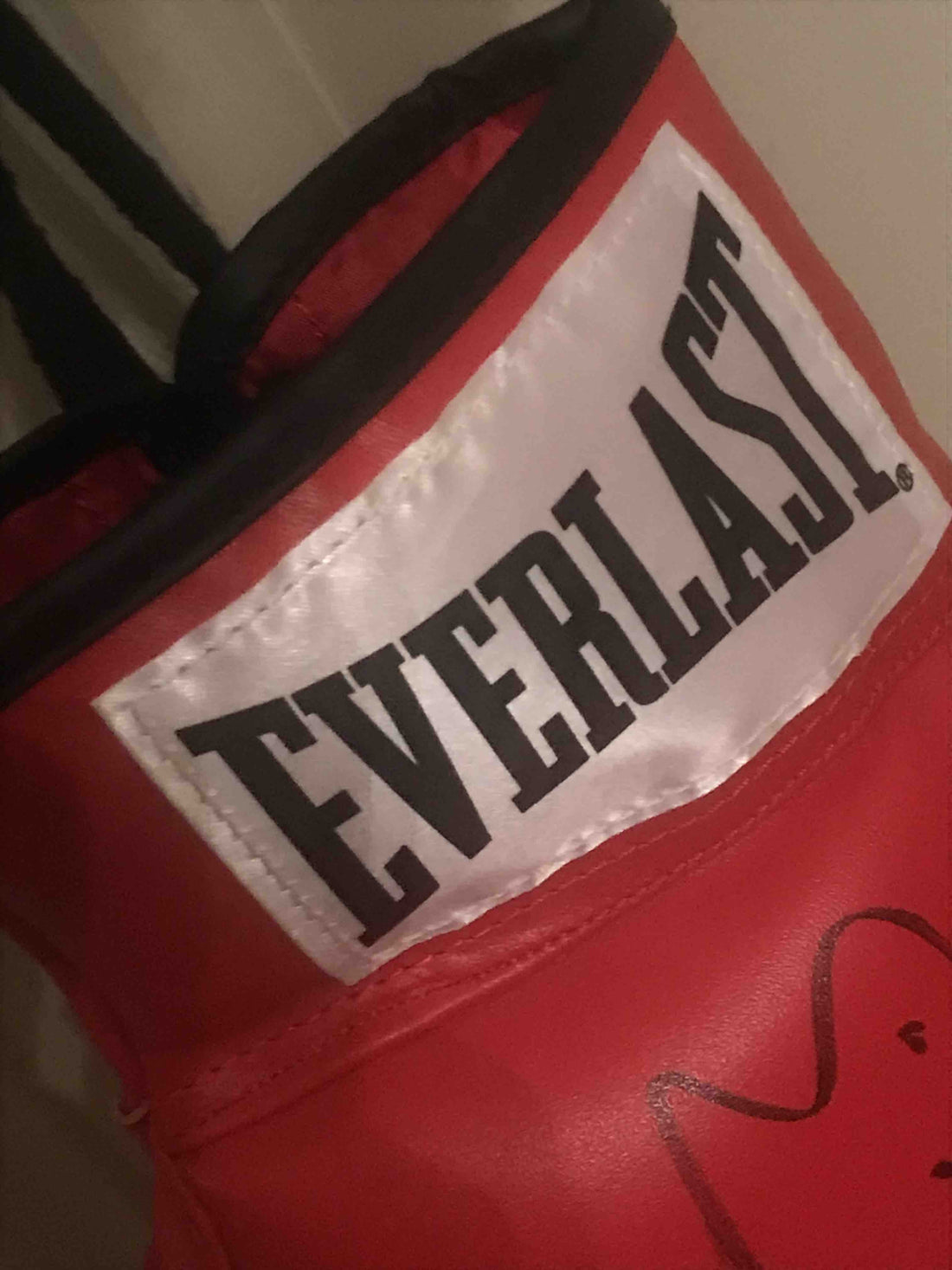The use of local anaesthetics in hand injuries in boxing:
Is it safe?
A Malhas, M Hayton, M Loosemore.
The use of local anaesthetics in boxing is anecdotally commonplace, yet there is little published to support or discredit this practice. Local anaesthetics as a class of drug have had no history of performance enhancement (apart from cocaine as it is considered a stimulant) and has therefore not appeared on the World Anti-Doping Agency (WADA) banned substance list (as per WADA’s official website (2016)). The International Olympic Committee (IOC) therefore permits the use of local anaesthetics.
Orchard et al (2010) then examined the long-term consequences of local anaesthetic use in 100 rugby players over 10 seasons (covering 1023 injections for 307 injuries) . Interestingly, 98% of the players would repeat the procedure if it was offered again. 22% felt that the injection increased the recovery prior for the injury and 6% felt that they had an injury worsened by the procedure. There was no evidence of a difference in performance between players who were and were not injected. Finger, ACJ, iliac crest and rib injuries appeared to be safe to inject but joints, such as wrist and ankles, were at greater risk of injury. There were no reported injections into the elbow or shoulder (excluding the ACJ). It therefore appears that fairly constrained joints (joints that bend in one or two directions only) are safe to inject whereas joints that rely on proprioception and muscle co-ordination for stability (i.e. ankles and wrists that can move around several planes) are placed at greater risk by injection unless heavily strapped. There is no data regarding elbow or shoulder injections.
When combat sports are examined, different approaches can be seen. Most national and international organisations abide by WADA’s list of prohibited substances and therefore permit the use of local anaesthetic injections. These organisations include World association of kickboxing organisation (WAKO, who organised the K-1 events), GB Boxing and many others. Several have deemed its use unacceptable and these include the Nevada State Athletics Commission and the International Sport Kickboxing Association. It is beyond the scope of this letter to examine every sport governing body but there does seem to be a lack of consensus to the limits and usage of this drug in combat sports. Differing views can cause issues in boxing depending on where the fight is being held.
Given the nature of boxing, the hands in particular are vulnerable to both acute and repetitive injuries. Tremendous forces can be generated, particularly in the rear hand. The use of gloves and hand wrapping does reduce the rate of hand injuries and constrain the more mobile joints (such as the wrist and carpus) and therefore reduce flexion and extension injuries. Loosemore et al (2016) have recently reported their experiences. The incidence of hand and wrist injury is 347 injuries per 1000 hours of competition and <0.5 per 1000 hours of training. However, as so much time is spent in training, 50-60% of hand and wrist injuries occurring during training. Of the injuries sustained, about 20% are recurrent. Four main injuries account for 65% of all hand injuries and they are: finger carpometacarpal instability (22%); Metacarpophalangeal extensor hood and capsule sprain (“Boxer’s knuckle”) (16%); Thumb ulna collateral ligament sprain (14.6%) and simple wrist sprains (14%). In particular, carpometacarpal instability and boxer’s knuckle are both chronic repetitive strain injuries that can initially be managed conservatively but may eventually require surgery (Melone et al (2009)) . Thumb ulna collateral sprains and wrist sprains lend themselves to conservative management.
It is clear than most hand injuries sustained in training camp do not require urgent surgical intervention and a delay in treatment does not appear to have a deleterious effect. The difficulty arises in the case of an athlete with an acute or chronic hand injury sustained during training and awaiting an upcoming fight. Does the athlete go ahead with the fight and face loss and an increased risk of head trauma due to a decreased ability to defend their person? Or does the athlete decline the fight and accept the negative career, funding and financial implications that this carries? It is a difficult situation to be in but the long term health and wellbeing of the athlete needs to be a priority.
Gloves and hand wraps provide constraint and support to the hands, which, in many ways, simulate the use of a plaster cast that is commonly used to treat fractures. There is a mechanical support in place to prevent excessive flexion and extension injuries. In the hands of a trained medical doctor, local anaesthetic injections can specifically target and numb a joint or sprained ligament without numbing the whole hand and thus allow the athlete to compete as normal with a hand injury. The hand wraps providing a mechanical splint.
The most important factor to consider when evaluating an injury for local anaesthetic injections is the type of injury sustained. Clearly acute fractures, acute complete ligament rupture and joint dislocations require urgent attention and the delay in treatment can be detrimental to the well-being of the athlete. As we have discussed, most injuries tend to be minor or of a chronic nature where treatment is mainly conservative or where surgery can be timed after the fight. An opinion of an experienced clinician would play a vital role in assessing the individual cases and determining the degree of risk a local anaesthetic injection may generate. A full and frank discussion can then take place to allow the athlete to make an informed decision.
We feel that local anaesthetics can be safely used in the treatment of hand injuries in boxing athletes prior to an upcoming fight. It does not enhance the athlete’s performance but does allow them to compete unhindered. Given the risks and the expertise required, these injections should be given by a medical doctor who has experience and understanding in the management of hand injuries.
References
Fisher MM, Bowey CJ. Alleged allergy to local anaesthetics. Anaesthesia and intensive care. 1997 Dec;25(6):611-4.
Loosemore M, Lightfoot J, Gatt I, Hayton M, Beardsley C. Hand and Wrist Injuries in Elite Boxing A Longitudinal Prospective Study (2005-2012) of the Great Britain Olympic Boxing Squad. HAND. 2016 Mar 30:1558944716642756.
Melone CP, Polatsch DB, Beldner S. Disabling hand injuries in boxing: boxer's knuckle and traumatic carpal boss. Clinics in sports medicine. 2009 Oct 31;28(4):609-21.
Orchard JW, Steet E, Massey A, Dan S, Gardiner B, Ibrahim A. Long-term safety of using local anesthetic injections in professional rugby league. The American journal of sports medicine. 2010 Nov 1;38(11):2259-66.

